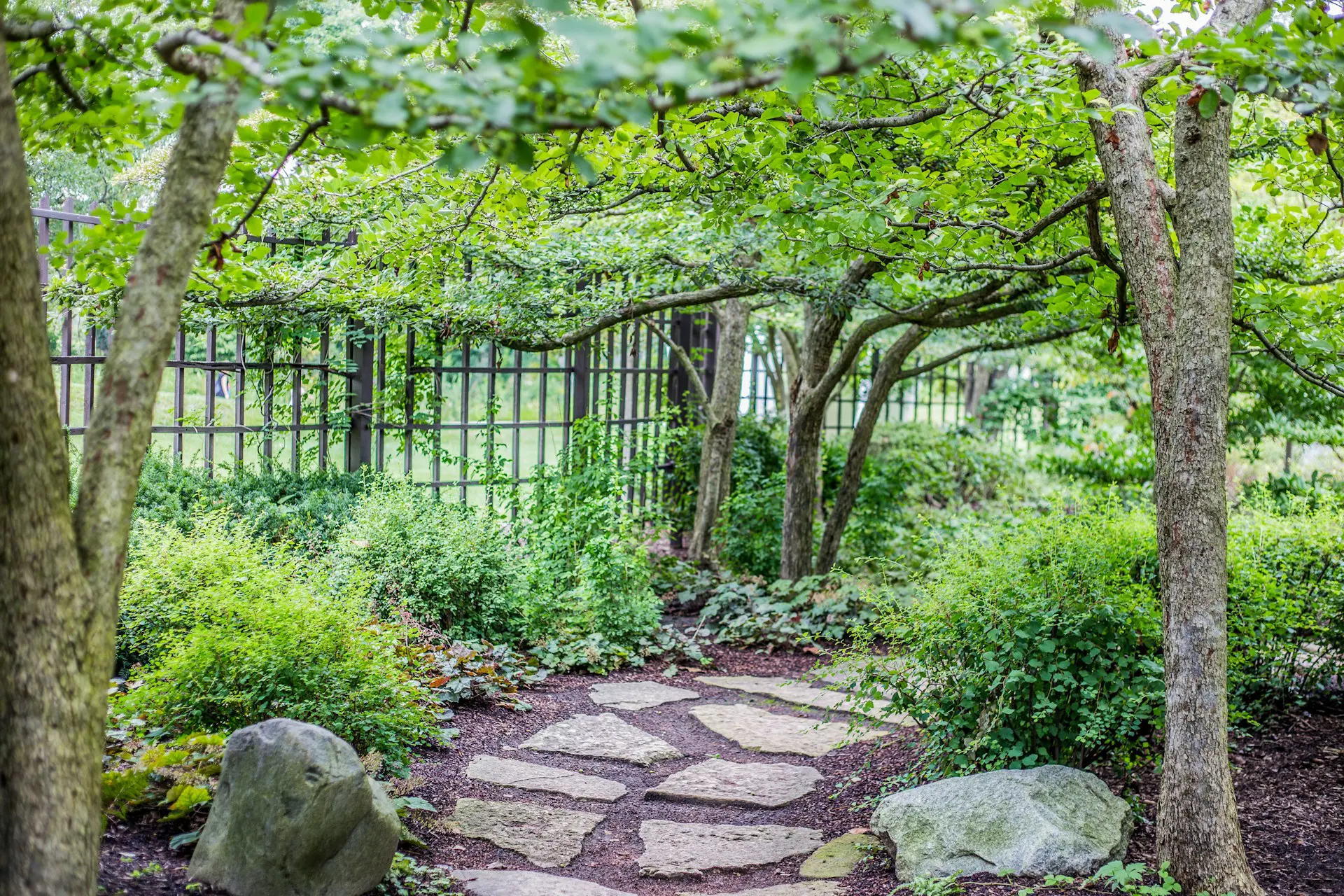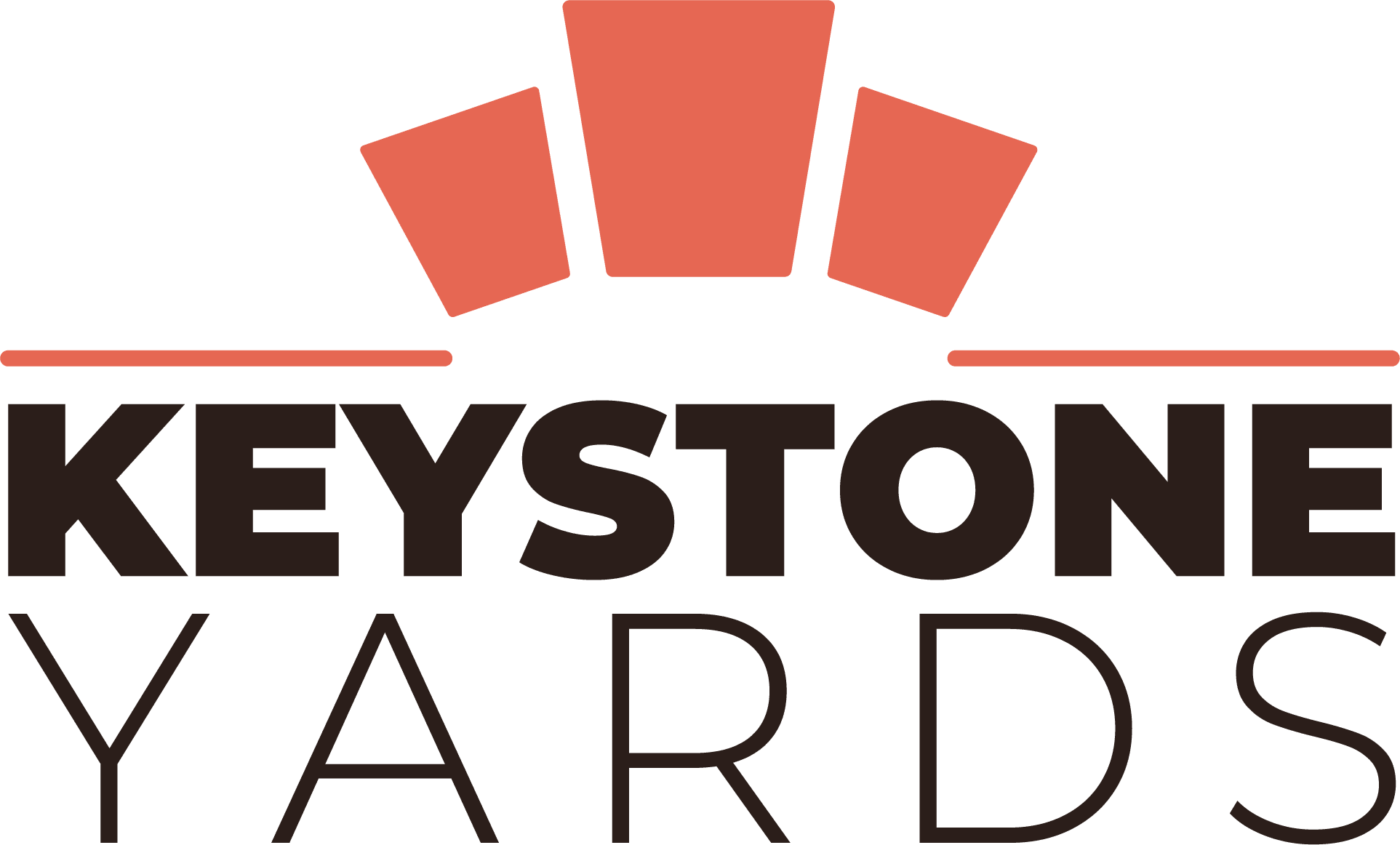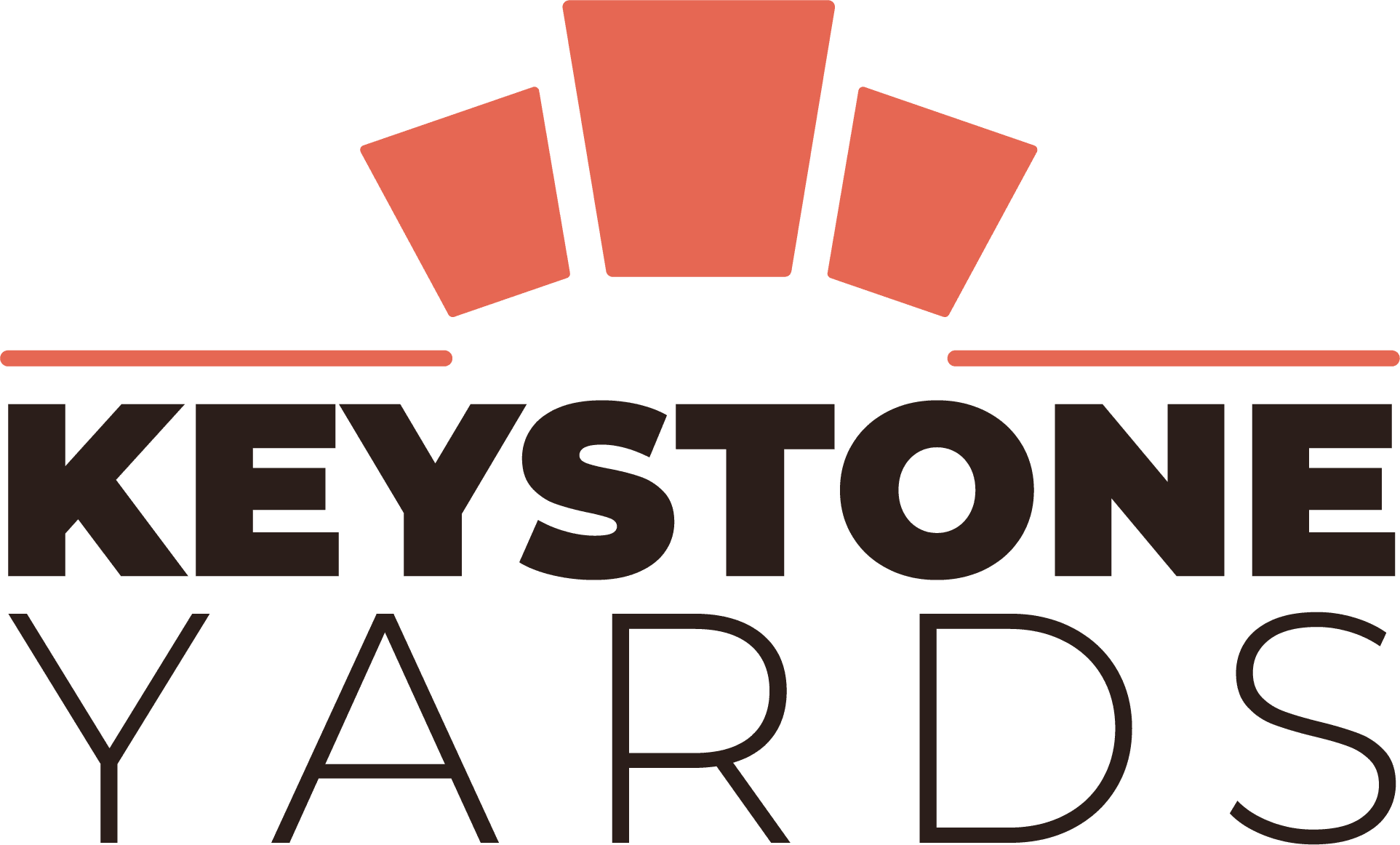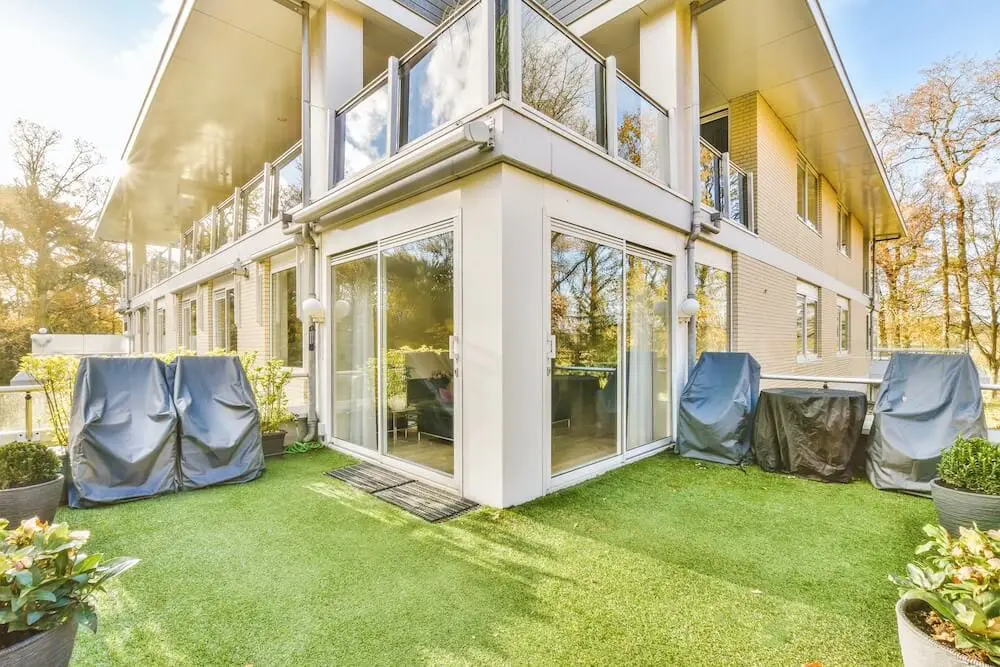
Natural Stone Features That Elevate Your Napa Yard Design
Natural stone can completely change how a yard looks and feels. Whether it’s used for walking paths, walls, or decorative accents, stone brings structure and character that no other material quite matches. It works well with almost any style, from rustic countryside to something more polished and modern. If you’re redesigning or freshening up your outdoor space, natural stone can help tie the whole design together and stand up to the everyday use that outdoor spaces face.
In Napa, the dry summers and cool winters make natural stone an especially smart choice. It holds up well in changing temperatures, and certain varieties resist fading even after years in the sun. On top of that, stone blends in with the natural surroundings, which makes the yard feel more connected to the area. Whether you’re going for something dramatic or understated, there’s always a stone type that fits the vision.
Choosing The Right Natural Stone For Your Yard
Not all stone is created equal. Some types are better suited for walking surfaces, while others are easier to stack into walls or use as accents. The key to picking the right one isn’t just about looks. You’ll want something that matches how you’ll use it, how much space you’re working with, and how much maintenance you want to deal with down the line.
Here are a few commonly used natural stones for outdoor landscaping:
- Limestone – Smooth, light-colored, and easy to shape. It fits well in more polished, clean designs. Limestone stays cool underfoot, which is a plus on hot Napa afternoons.
- Slate – Known for its deep, rich tones and layered texture. It’s great for patios or stepping stones, especially when you want a unique, earthy look.
- Granite – One of the toughest options out there. It handles heavy foot traffic and works well along driveways, steps, or outdoor seating areas.
- Sandstone – Comes in warm, sun-washed tones and gives a soft, natural look. It’s often found in gardens or informal pathways.
- Fieldstone – Usually used to build retaining walls or decorative borders. It’s irregular in shape and feels more organic, especially around flower beds or shaded nooks.
One example might be using sandstone around garden beds to bring out warm colors from surrounding plants, then switching to granite for a hardwearing patio surface that can handle chairs, planters, and weekend grilling.
When picking a stone, make sure it complements the other materials in your yard. If you already have wood fencing or a stucco exterior, you’ll want something that doesn’t clash. Color matters too. Go lighter when you want to keep things airy and bright. Darker stones work well when you need visual contrast or moodier tones.
Incorporating Natural Stone Pathways
Pathways do more than connect spaces. They introduce rhythm to a yard, guiding people through flower beds, toward seating areas, or around corners. Done right, a stone pathway adds a sense of discovery. And because it’s made from natural stone, it fits naturally into Napa’s landscape without looking forced or artificial.
There’s no single way to lay out a stone path. You can keep it formal with even-sized stones placed closely together, or go for something looser and more casual with spaced-out stepping stones set in gravel or grass. The layout depends on the mood you’re after and how often the path will be used.
Here are a few design tips to keep in mind:
- Stick to a consistent shape or stone type so things don’t look too mixed up.
- For smaller yards, curves can make the space feel more layered and spacious.
- Use contrasting ground covers like small gravel between stones or creeping thyme for a soft edge.
- Make sure the stones are set level so they’re safe and easy to walk on, especially if water runs through the area during winter rains.
Pathways can help control how people move around your yard, protect your grass from being worn down, and create zones without needing fences or hard boundaries. Whether your space is wide open or tucked into a hillside, they set the tone and atmosphere as soon as someone steps in.
Enhancing Outdoor Spaces With Stone Walls
Stone walls do a lot more than divide up space. They can create a strong visual anchor in your yard and give the entire space structure. In Napa, where terrain can vary, a thoughtfully built stone wall can also serve a functional purpose whether you’re holding back soil on a slope or bordering a raised bed for kitchen herbs.
These walls don’t have to tower over your yard to make an impact. Low seating walls, for example, can offer casual seating around fire features or along patios. Dry-stack walls, which don’t use mortar, give a more relaxed look and work particularly well in gardens. Mortared stone walls feel a bit more formal and hold up to wear in high-traffic zones.
Here are a few helpful ways to think about adding stone walls:
- Retaining walls – Useful for holding back soil on sloped parts of the yard, especially near patios or driveways.
- Garden borders – Neatly frame planters or flower beds and help keep soil in place.
- Privacy barriers – Taller walls can provide coverage from neighbors without using fencing.
- Seating edges – Around a fire pit, pool, or outdoor kitchen, these can help define the space and increase function.
When designing with stone, color and texture should still coordinate with nearby features. If your patio uses smooth-cut granite, letting the wall use limestone or fieldstone can soften things up. If you’re using brighter stone for the walking paths, a darker, more patterned wall might help ground the area a bit.
Creating Focal Points With Stone Water Features
Water has a way of drawing people in, whether it’s the sound of a trickle or the look of water cascading over rocks. Building a custom water feature from stone gives you even more room to shape the experience. Natural stone works well here because it can stand up to moisture and blend easily with planting beds or sitting areas.
You’ve got several directions you could go:
- Fountains – These can be small and sculptural or entirely built from stacked stone. They’re perfect for patios or side yards where you want something relaxing, but not too flashy.
- Streams or brooks – Flowing over carved or stacked flat stone, this option creates movement and sound. These work best in areas with more room to wind through gardens.
- Ponds with stone edges – Adding boulders or cut stone gives a polished finish and helps the pond feel part of the landscape.
- Wall waterfalls – For a more modern style, water can pour down a stone-clad wall into a base pool. These suit cleaner, updated styles and can double as an art piece.
Maintenance should always be considered. Not all stones hold up the same way over time when exposed to constant water. Smooth stone often resists algae buildup better than porous rock. Also, make sure the surrounding plants and grading support the water flow properly, so you’re not working against drainage patterns around your home.
An example would be a backyard fountain made from locally sourced stone, placed just off the main patio. The water trickles gently over rough-textured rock into a small basin filled with river pebbles. Surrounded by grasses and small ground cover, it adds a calm, focused point for quiet evenings.
Crafting Your Dream Outdoor Space with Keystone Yards
Landscaping with stone adds long-term value and beauty that holds up season after season. Especially in Napa, where weather conditions shift from dry, sun-filled months to cooler, damp winters, natural stone creates a grounded framework for all other outdoor elements. It pairs well with drought-friendly plantings, wine country aesthetics, and modern outdoor layouts.
Natural stone features help you get more out of your yard without adding extra upkeep. Whether it’s through guiding traffic, building structure, adding comfort, or shaping quiet corners, it fits in naturally with the Napa setting. You’re not just adding decoration. You’re shaping a space that has style, balance, and function year-round.
If you’re considering updates, think about how natural stone elements could work with what you already have. Start with a path or low wall, then layer in another feature like a pond or boulder grouping down the road. These parts of your yard don’t need to be loud to leave a strong impression. They just need to feel like they belong.
For a phenomenal transformation that allows your outdoor space to look both natural and bespoke, consider the expertise in masonry in Napa. Keystone Yards can help you explore various stone features that enhance your yard’s aesthetics and functionality, ensuring a perfect fit with the local landscape.





